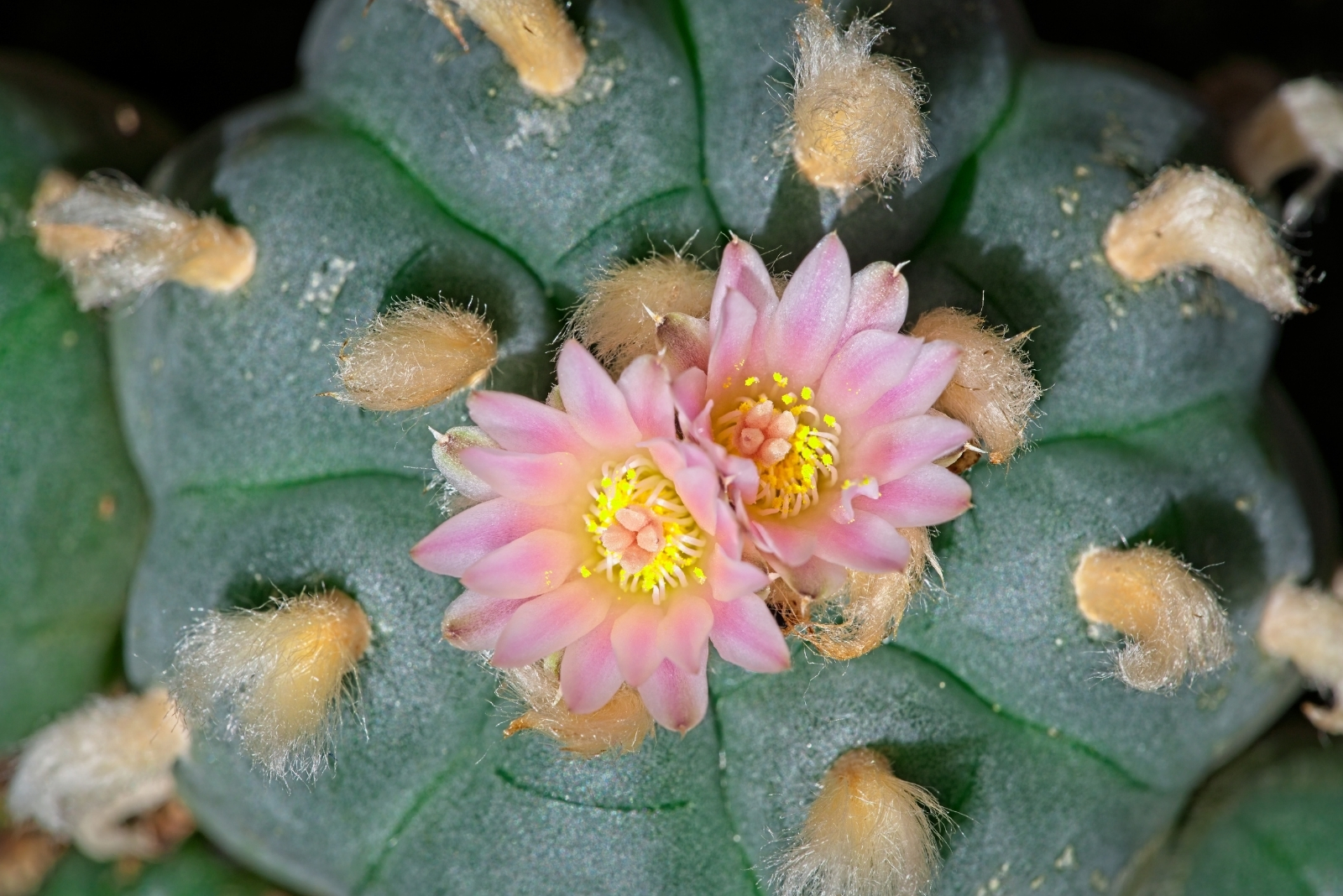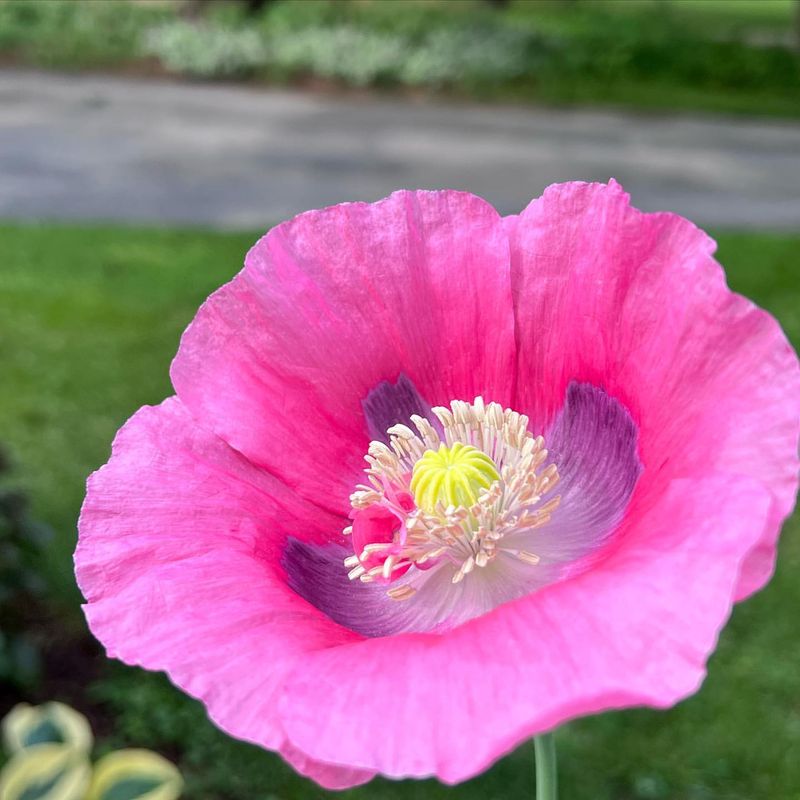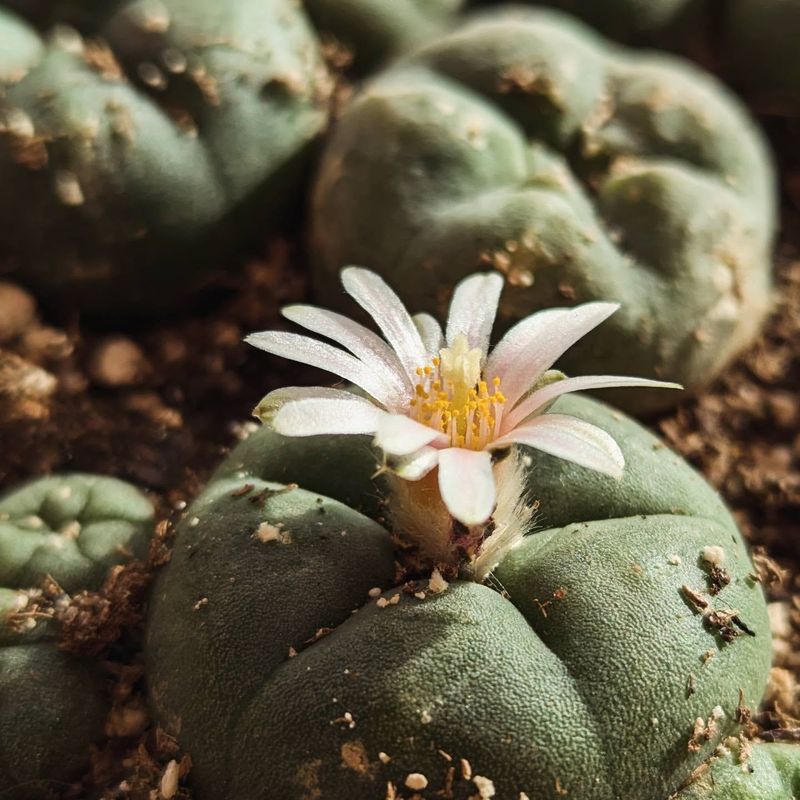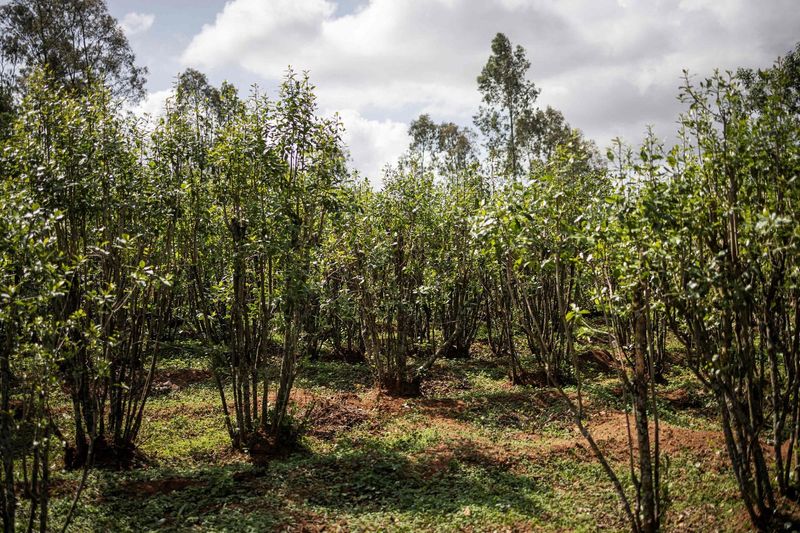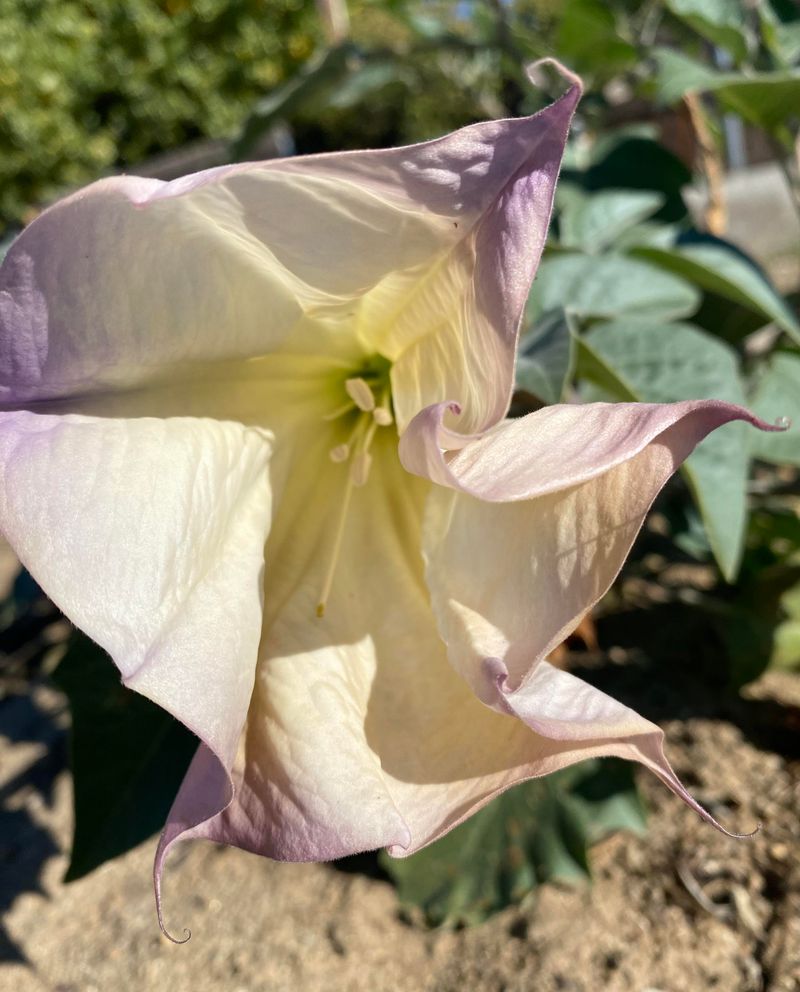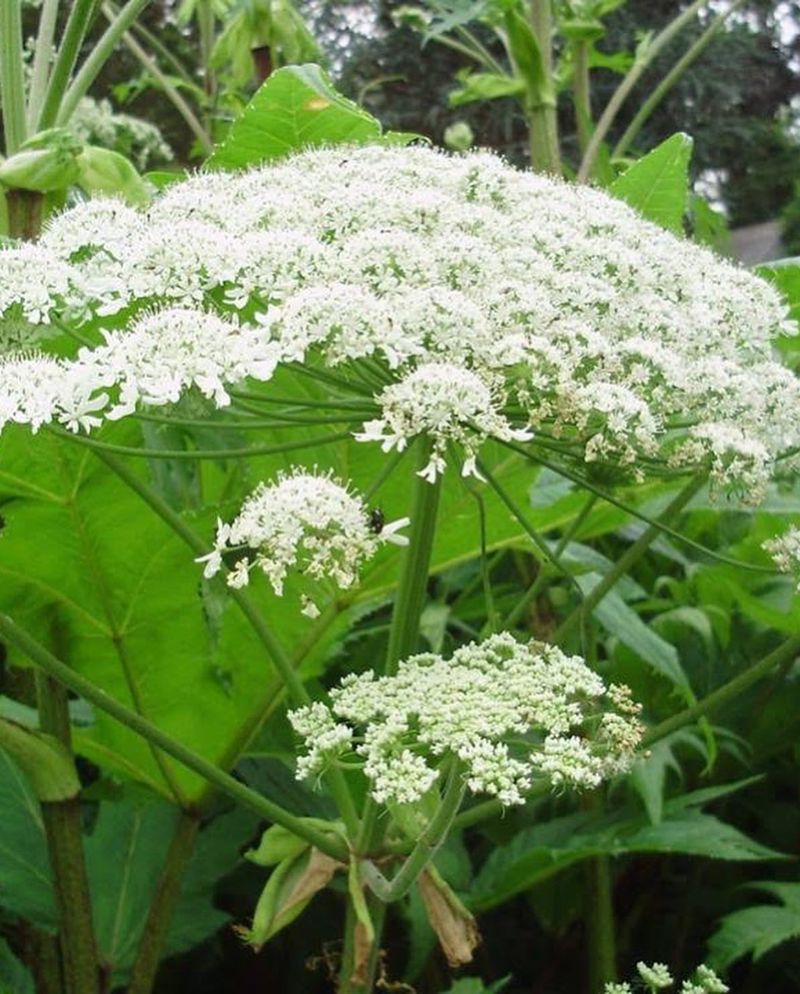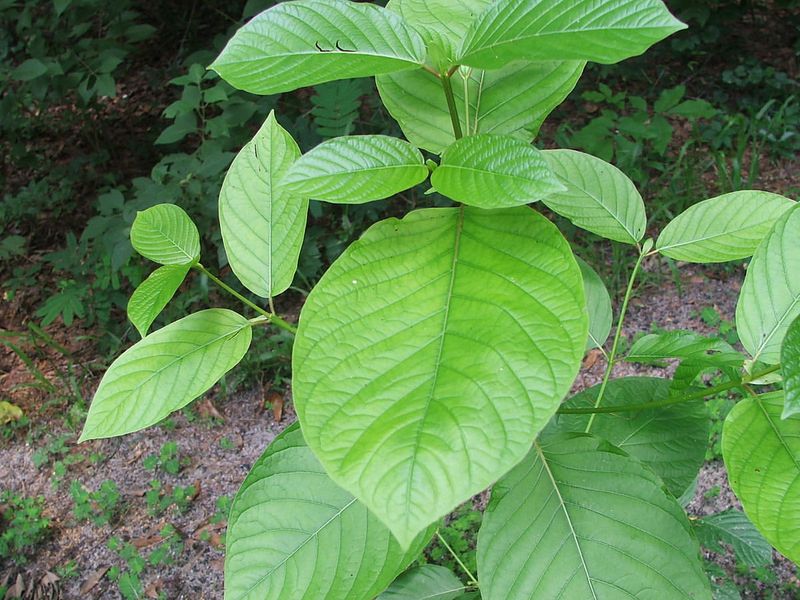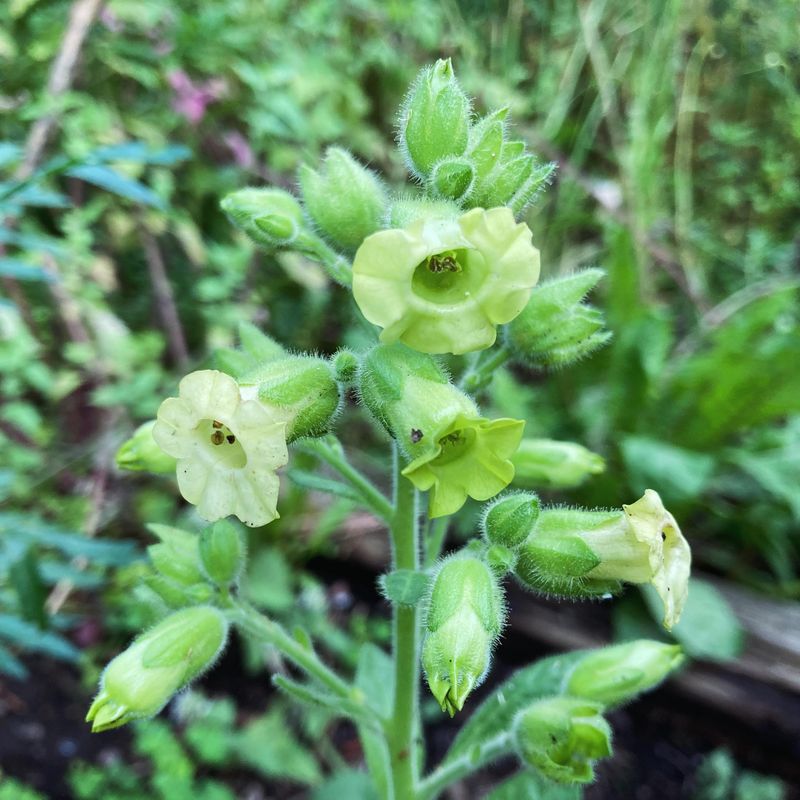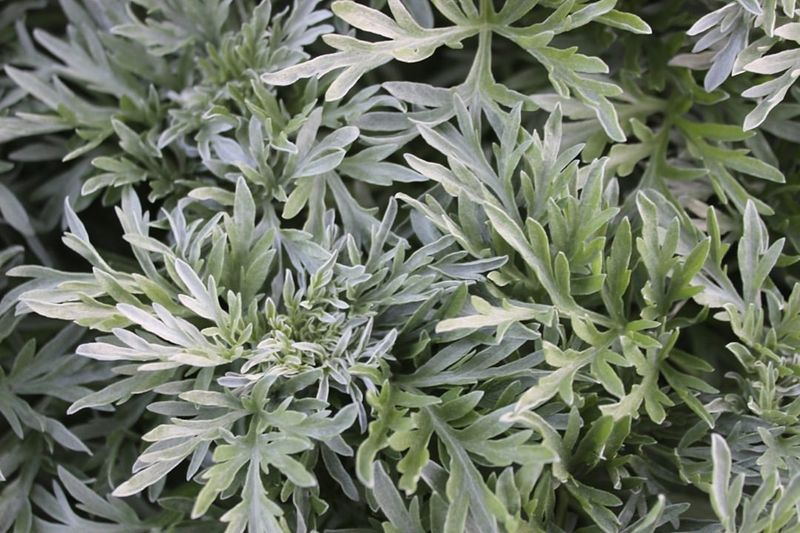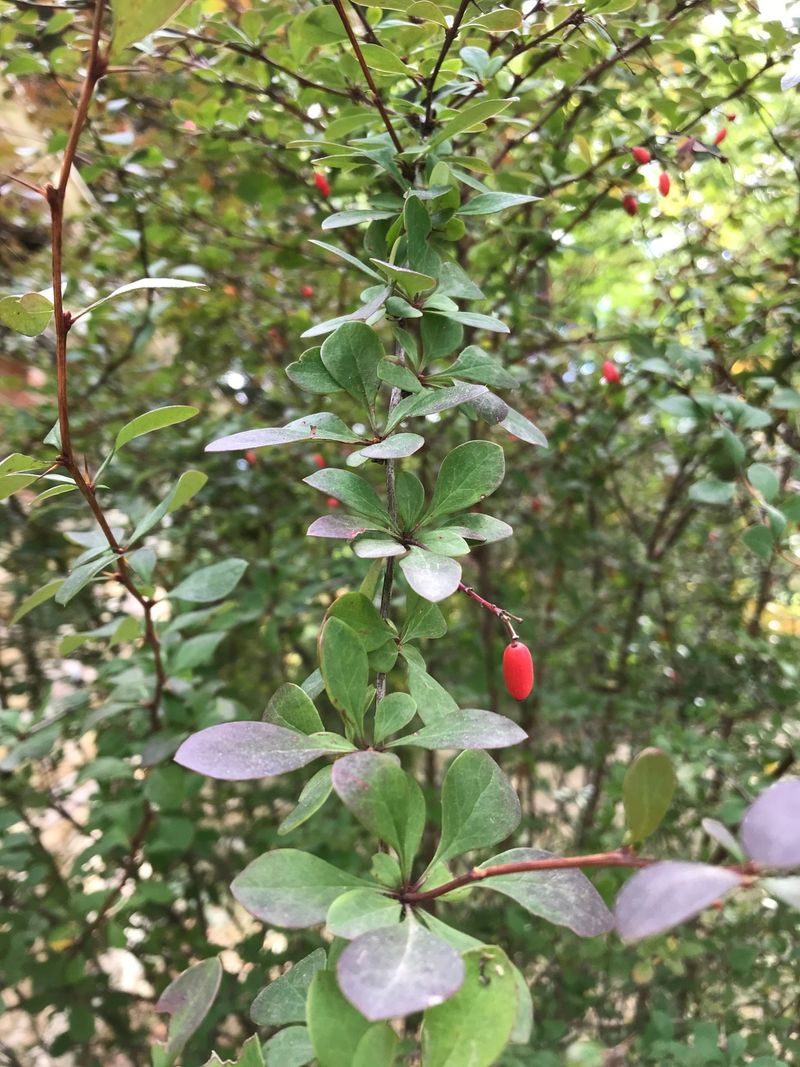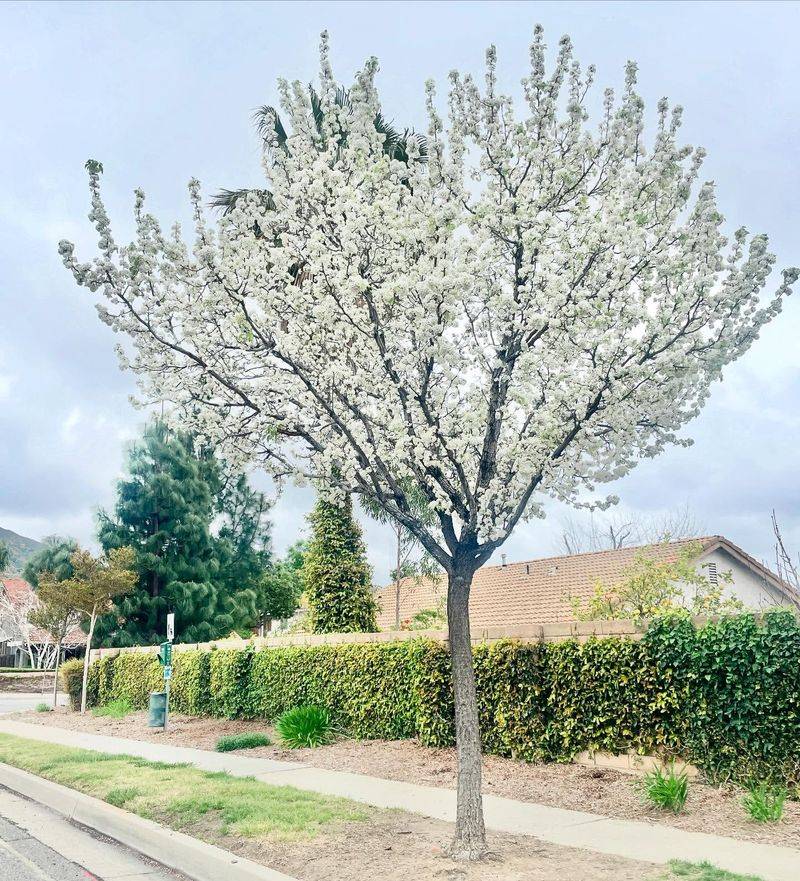Some backyard crops in Illinois are illegal, and I was shocked to learn about them when I first started gardening. It’s easy to assume anything can grow at home, but the rules can be surprising.
Knowing what’s off-limits helps keep your garden safe and stress-free. Some of these restrictions are downright unexpected, even for seasoned gardeners.
I’ll share the crops you didn’t know were illegal and what to watch for in your own backyard.
1. Opium Poppy
The bright, beautiful flowers might seem like innocent garden additions, but growing Papaver somniferum in Illinois puts you at risk of federal prosecution. These poppies contain narcotic compounds used to make opium.
Many Illinois gardeners mistakenly plant them without knowing their legal status. Even if you’re only interested in their stunning blooms or seeds for baking, cultivating these poppies remains prohibited.
2. Peyote
This small, button-like cactus contains mescaline, a powerful hallucinogenic compound. Federal law classifies peyote as a Schedule I controlled substance, making it illegal to grow throughout Illinois and most of the country.
Religious exemptions exist only for members of the Native American Church. Illinois authorities take cultivation of this desert plant seriously, regardless of whether it’s grown for ornamental purposes.
3. Khat
Popular in East Africa and the Arabian Peninsula, khat contains cathinone, a stimulant similar to amphetamine. Growing this bushy plant is banned throughout Illinois and federally classified as illegal.
Some Illinois residents from Somalia, Yemen, and Ethiopia have attempted to cultivate it for cultural reasons. However, possession or growing of khat can result in serious legal consequences in the Prairie State.
4. Jimsonweed
While technically not always illegal to possess, Illinois authorities strongly discourage cultivating this dangerous plant. All parts contain potent tropane alkaloids that can cause severe poisoning, hallucinations, and even death.
Some Illinois counties have specific ordinances against growing jimsonweed. Its spiky seed pods and trumpet-shaped flowers sometimes appear naturally but should never be intentionally planted in your Prairie State garden.
5. Giant Hogweed
This massive plant isn’t just illegal to grow – it’s actively being eradicated across Illinois. Contact with its sap causes severe burns, blisters, and permanent scarring when exposed to sunlight.
Illinois Department of Natural Resources has banned its cultivation and sale. If you spot this umbrella-shaped flowering plant with its distinctive 4-to-6-inch white flower clusters in your Illinois neighborhood, report it immediately.
6. Kratom
This Southeast Asian tree produces leaves containing compounds with opioid-like effects. While legal in some parts of America, several Illinois counties and municipalities have banned kratom cultivation and possession.
Growing this tropical tree in your Illinois backyard could violate local ordinances. The legal landscape regarding kratom continues to evolve in the Prairie State, with ongoing debates about its regulation.
7. Tobacco
Surprisingly, growing tobacco without proper licensing violates federal tax laws. While not explicitly banned in Illinois, cultivating more than household amounts requires permits and tax payments.
Many Illinois gardeners don’t realize that growing tobacco plants, even for personal use, can trigger legal issues. The Bureau of Alcohol, Tobacco, Firearms and Explosives monitors unlicensed tobacco growing operations in the Prairie State.
8. Absinthe Wormwood
This aromatic herb contains thujone, a compound once believed to cause hallucinations. While small ornamental plantings might be overlooked, growing it to produce authentic absinthe remains problematic under Illinois law.
The plant itself isn’t strictly forbidden in Illinois gardens, but using it to create alcoholic beverages without proper licensing violates state and federal regulations. Its silvery-green foliage sometimes appears in Prairie State herb gardens.
9. Japanese Barberry
Recently added to Illinois’ list of restricted species, this ornamental shrub is now illegal to sell or plant in many counties. It’s considered highly invasive, crowding out native plants and creating tick-friendly habitats.
Some Illinois gardeners still don’t know about the ban. The distinctive red berries and thorny branches might look attractive, but growing this invasive species now carries penalties in the Prairie State.
10. Purple Loosestrife
Once popular in Illinois gardens for its beautiful purple flower spikes, this plant is now banned throughout the state. It aggressively invades wetlands, destroying habitats for native species and disrupting ecosystems.
Illinois law prohibits the sale, transport, or cultivation of purple loosestrife. Even having this pretty but destructive plant in your Prairie State garden could result in removal orders and potential fines.
11. Callery Pear
Recently banned from sale in Illinois, these ornamental trees (including the Bradford pear variety) have become ecological nightmares. Their weak branches break easily in storms, and they cross-pollinate to create invasive wild populations.
While existing trees aren’t illegal in Illinois yards, planting new ones is prohibited. The Prairie State has joined several others in banning these formerly popular landscape trees due to their devastating environmental impact.

